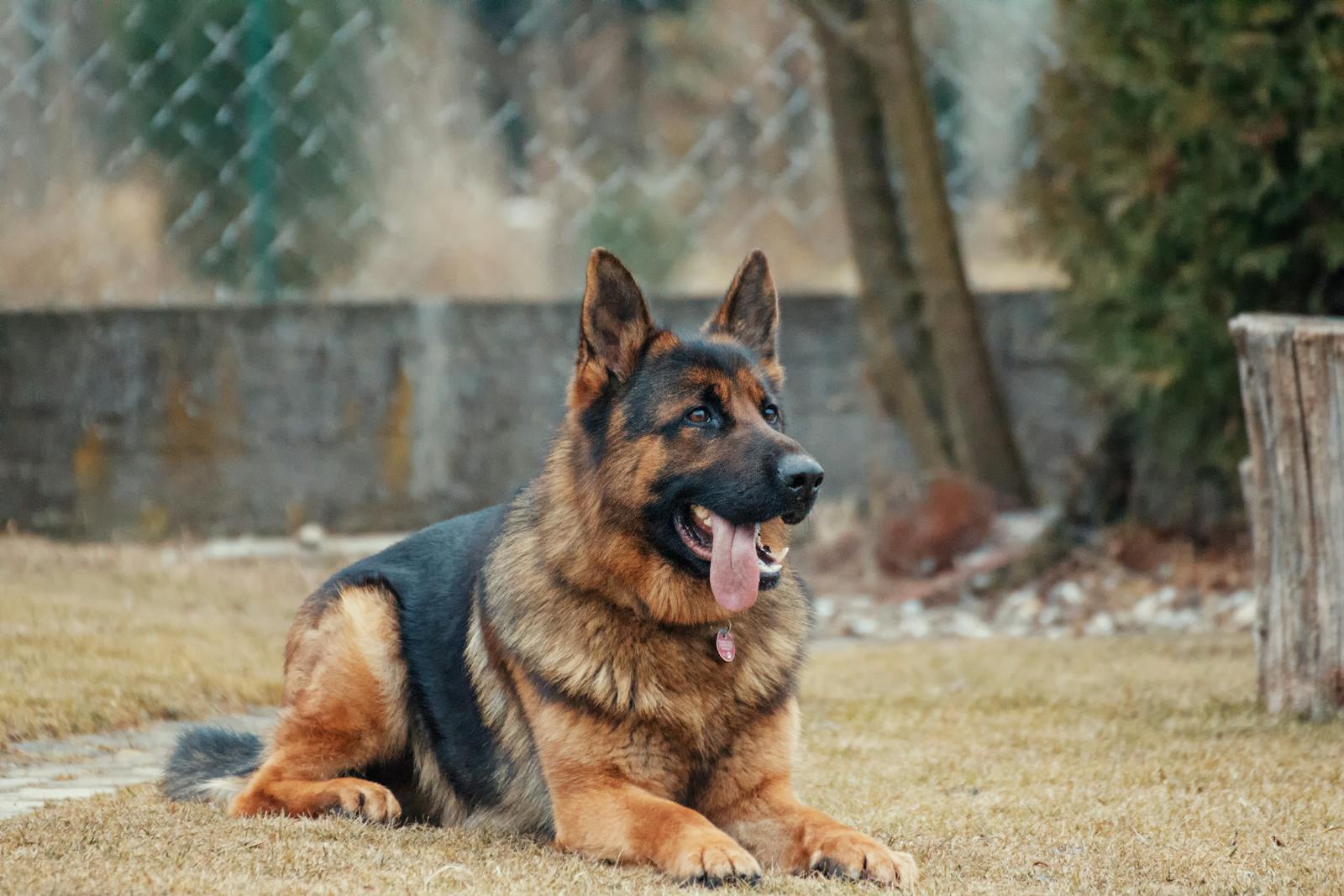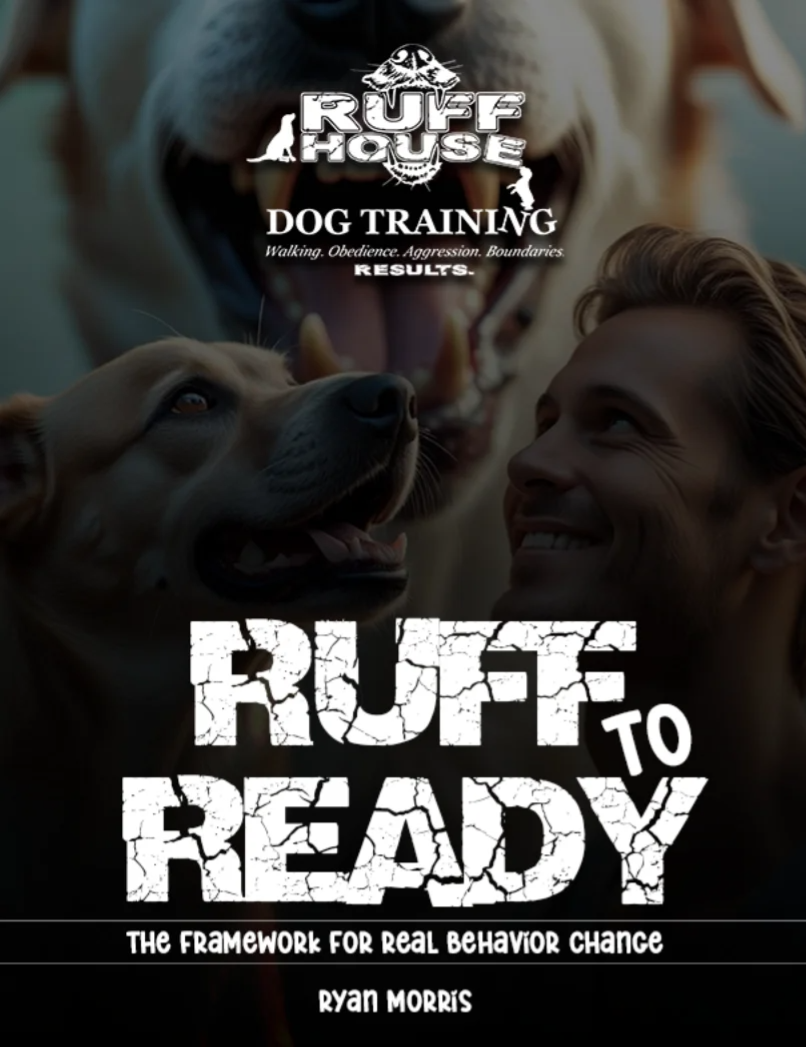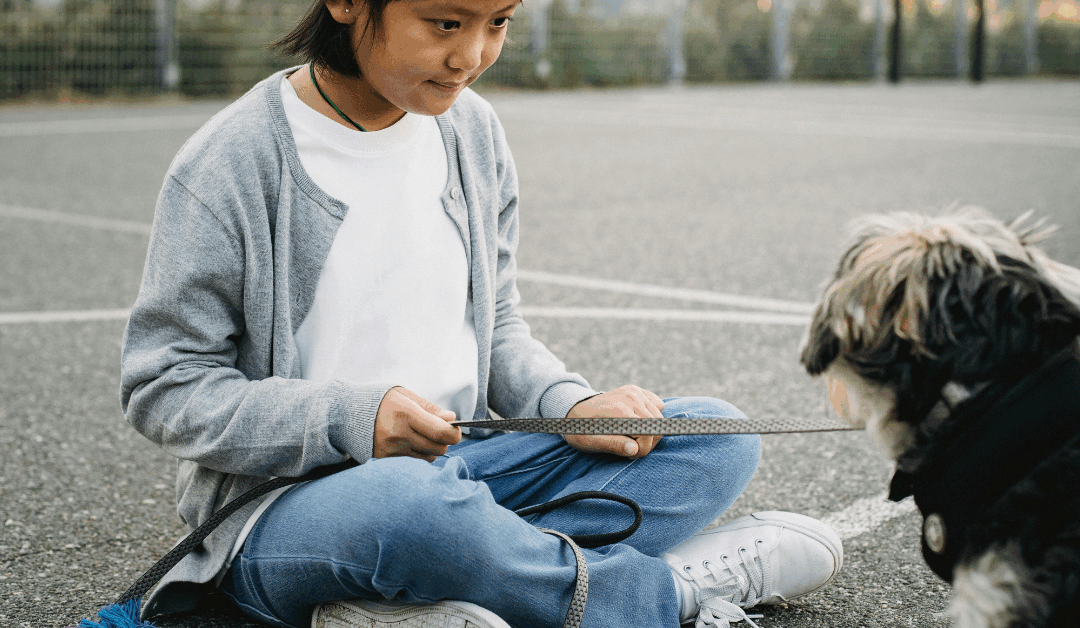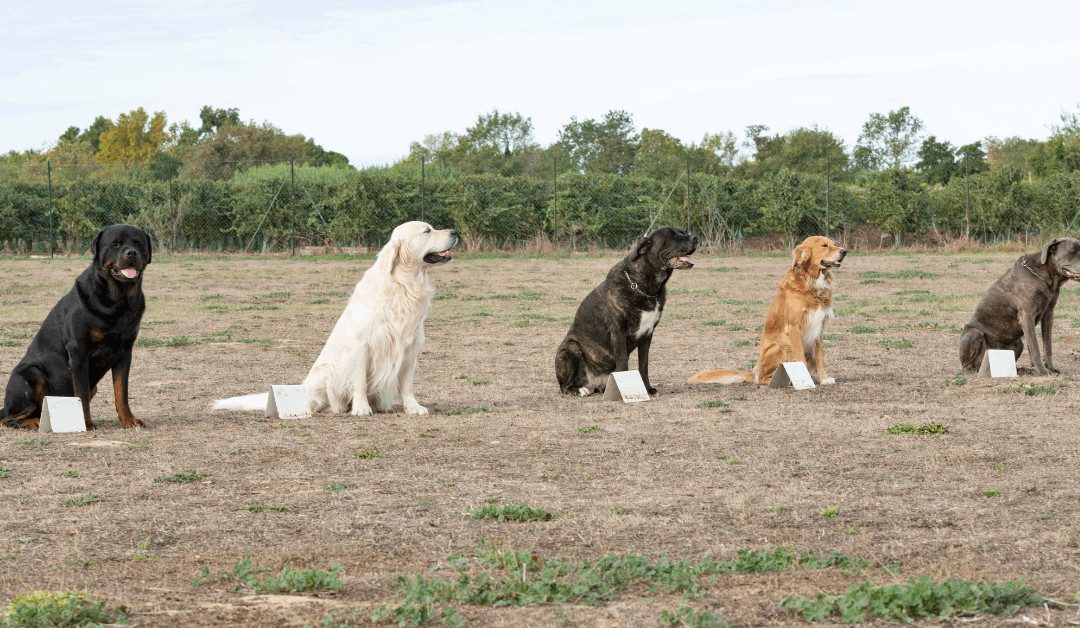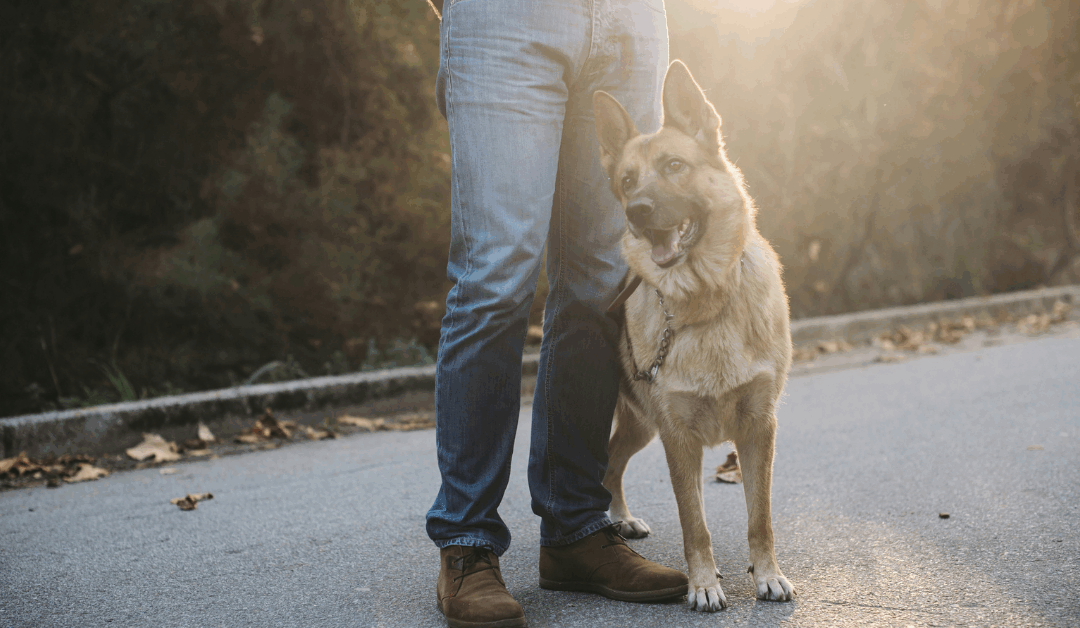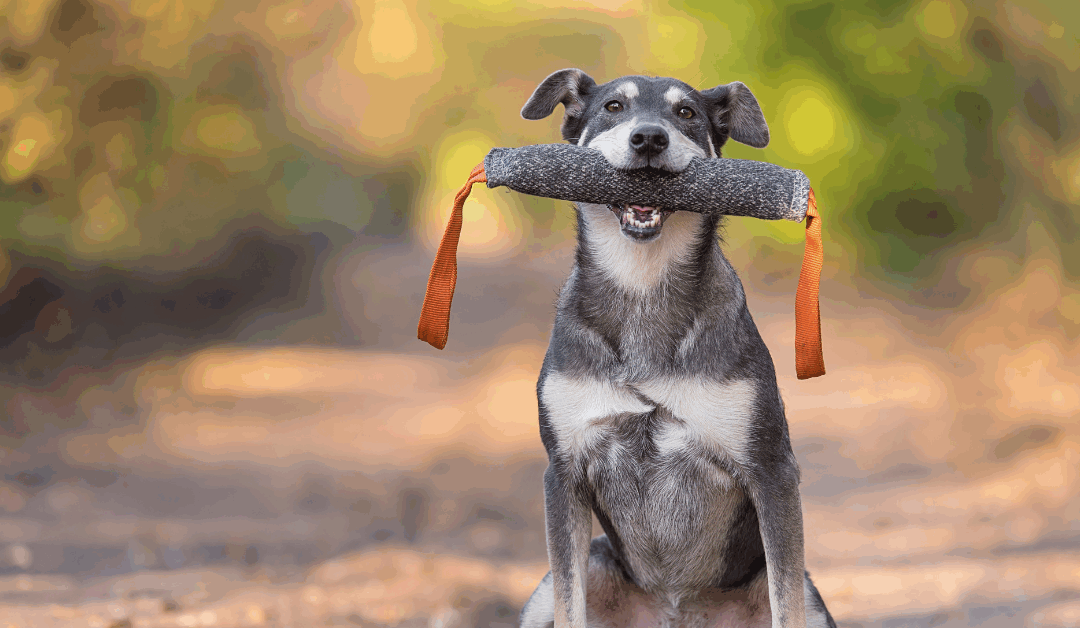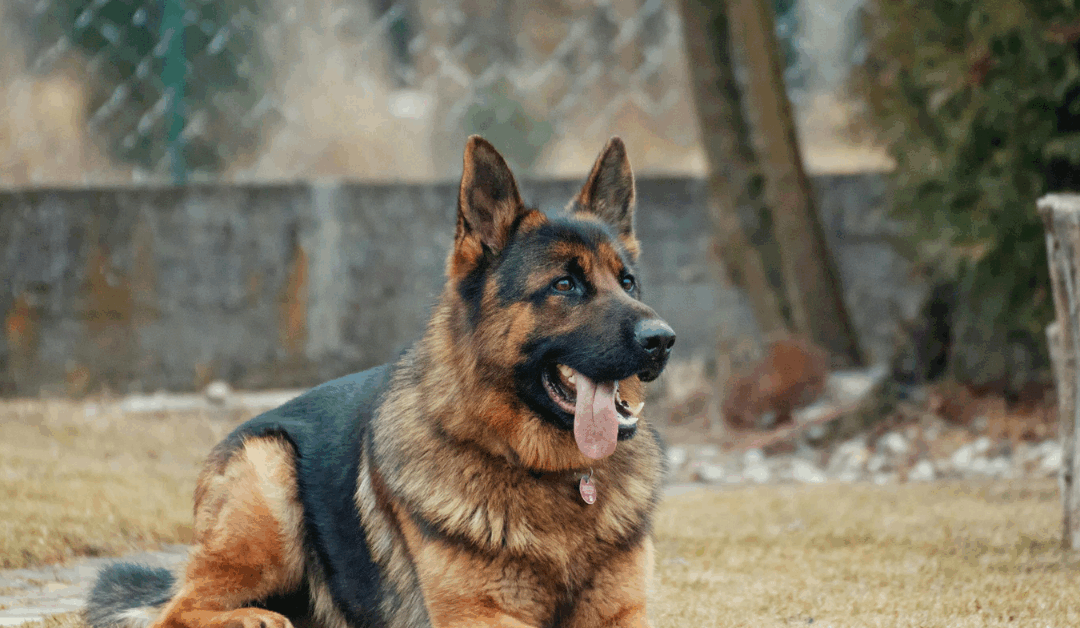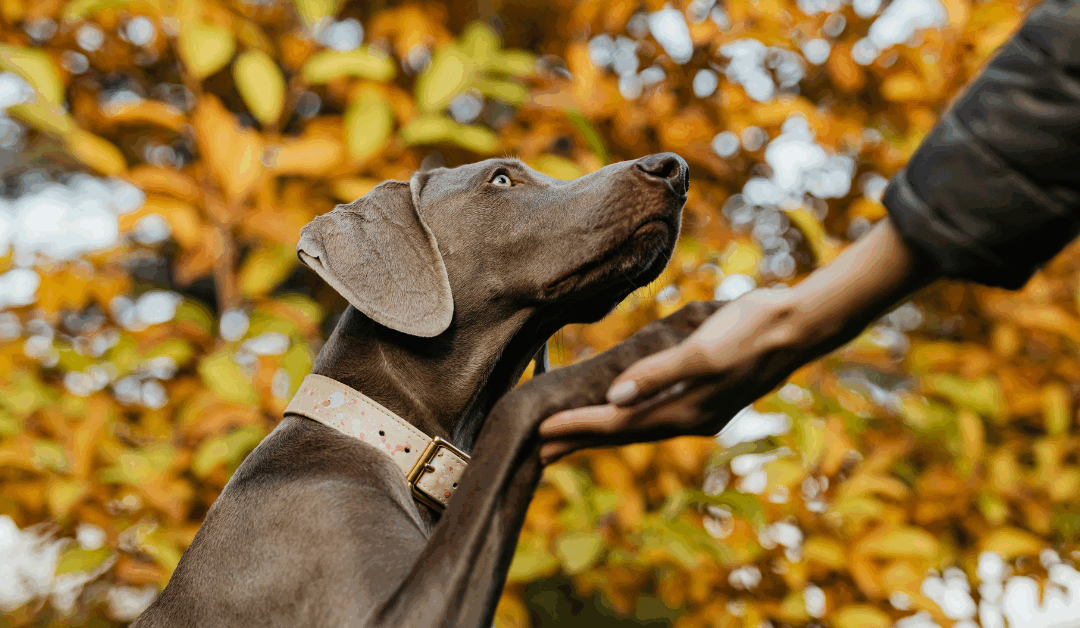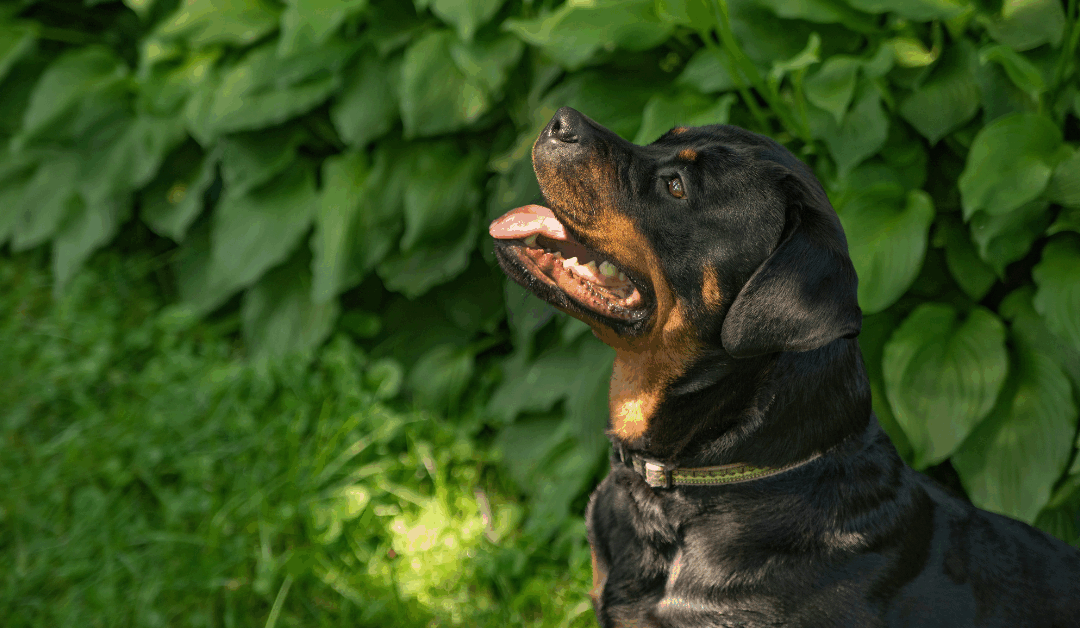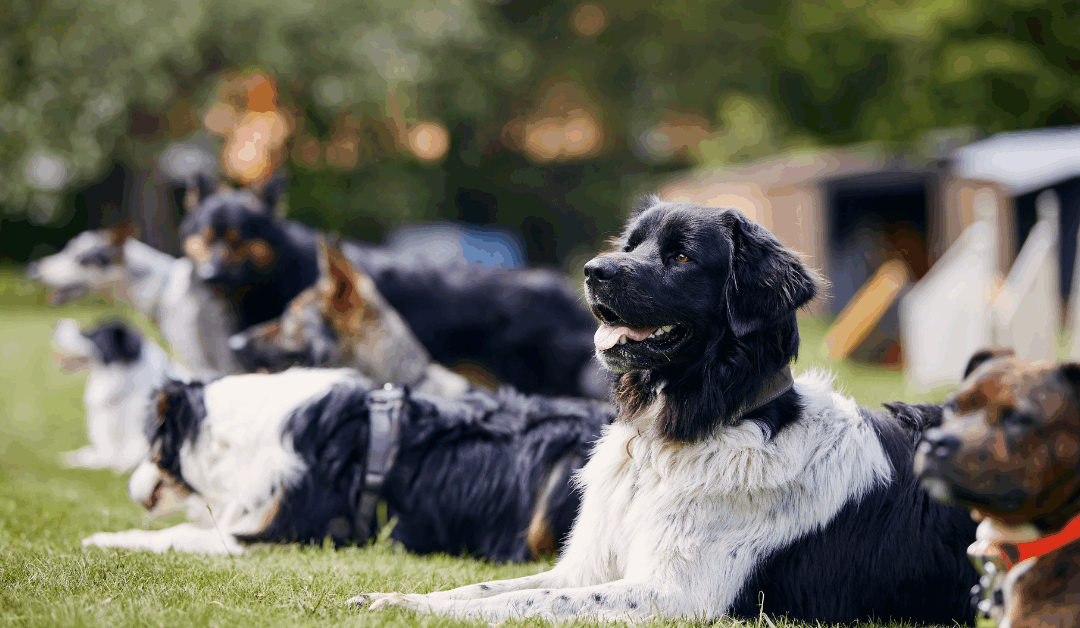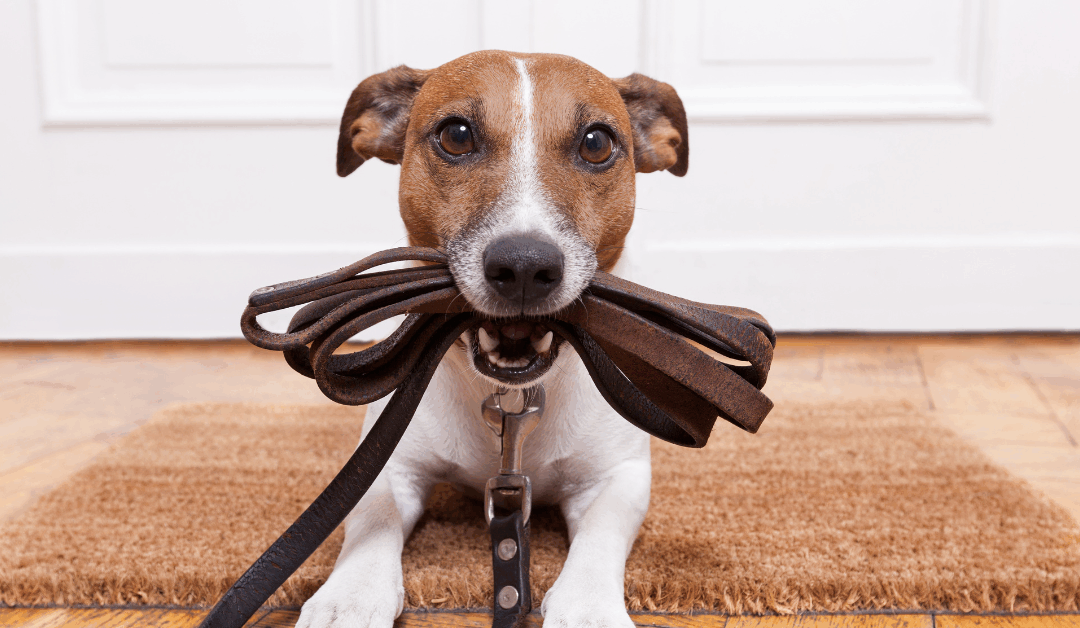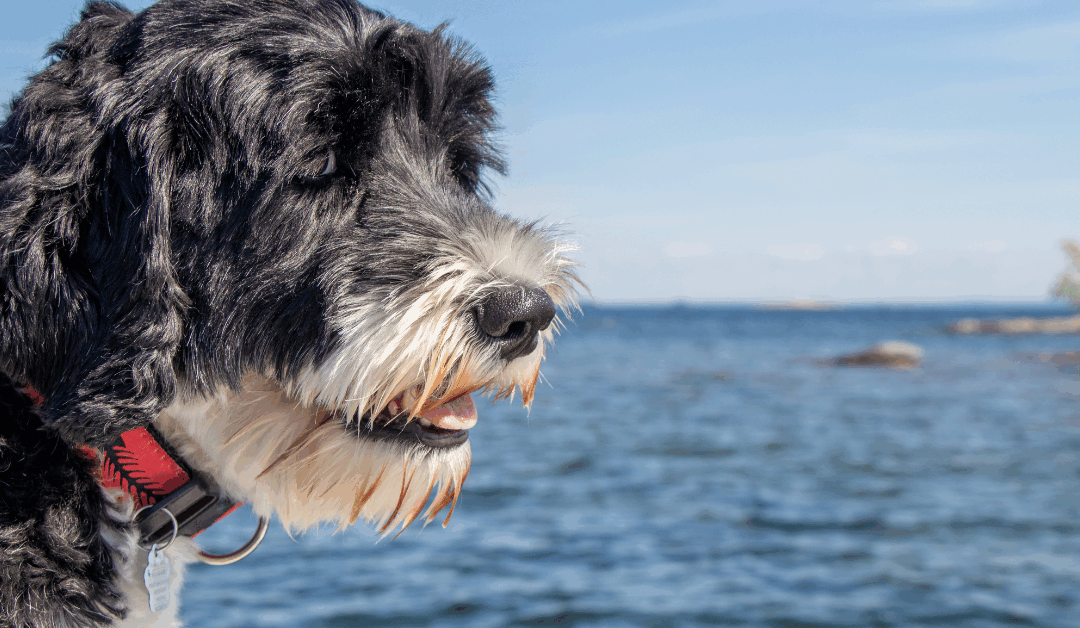Your dog has turned your peaceful home into chaos central. The constant barking at neighbors, the chewed-up shoes scattered across the floor, and that embarrassing moment when your pup dragged you down the street because they spotted another dog—sound familiar? You’re not alone, and more importantly, you’re not stuck with these behaviors forever.
At Ruff House Dog Training, we’ve helped over 400 families in the DC, Maryland, and Virginia area transform their four-legged tornadoes into well-behaved companions. But here’s what most dog owners don’t realize: successful dog obedience training isn’t about magic tricks or harsh corrections—it’s about understanding your dog’s learning process and building a foundation that lasts.
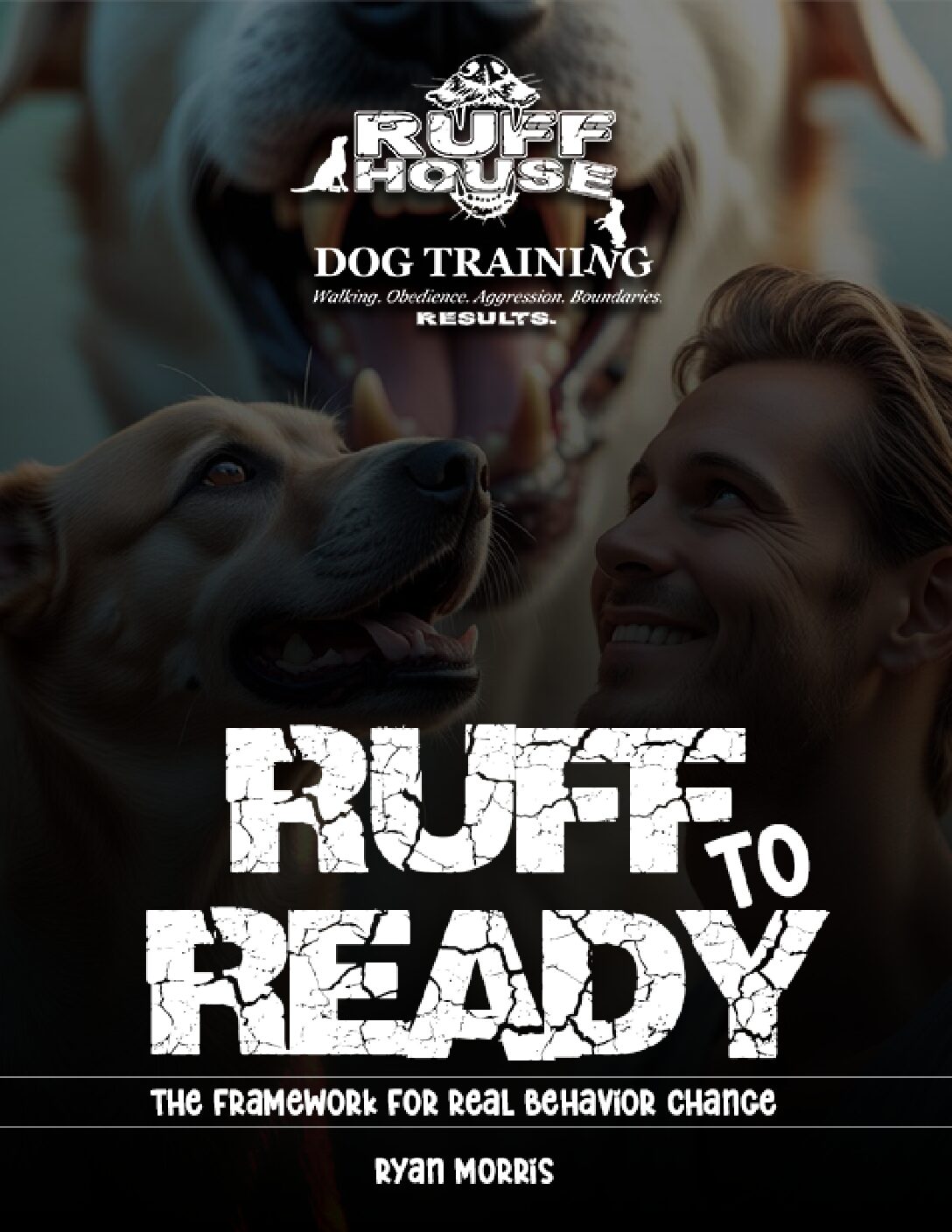
Unlock Real Behavior Change – Download Your Free Guide Now
"*" indicates required fields
Let me walk you through everything you need to know about dog obedience training, including the proven methods that have helped hundreds of families reclaim their homes and strengthen their bond with their dogs.

Photo by Christopher Cassidy on Unsplash
What Makes Dog Obedience Training Actually Work?
Dog obedience training is more than teaching your pup to sit on command. It’s about creating clear communication between you and your dog so they understand what you expect from them. Think of it as learning a new language together—one where consistency and patience are your best teaching tools.
The most effective dog training focuses on three core areas: establishing leadership through trust, creating consistent habits through repetition, and building a strong relationship through positive communication. These aren’t just fancy training concepts—they’re the building blocks of every successful training experience we’ve had at Ruff House.
Understanding Dog Learning: The Foundation Rules Every Owner Should Know
Before diving into specific training techniques, let’s talk about how dogs actually learn. Understanding these principles will help you avoid the common mistakes that keep many families stuck in behavioral battles.
The 3-3-3 Rule for Dog Training
The 3-3-3 rule helps set realistic expectations for your dog’s adjustment period, especially important for rescue dogs or puppies in new environments:
- First 3 days: Your dog is likely overwhelmed and may seem unusually quiet or anxious
- First 3 weeks: Your dog starts showing their true personality as they become more comfortable
- First 3 months: Your dog fully settles into their new routine and environment
The 7-7-7 Rule for Dogs
This rule focuses on the critical socialization period for puppies:
- 7 weeks old: Puppies can begin basic socialization with humans
- 7 months old: The primary socialization window closes
- 7 years old: Senior dogs may need adjusted training approaches
Understanding these timeframes helps you tailor your training methods to your dog’s age and developmental stage.

Photo by Mario Verduzco on Unsplash
The Best Age for Obedience Training (Spoiler: It’s Not What You Think)
Here’s a question I get almost daily: “What’s the best age for obedience training?”
The truth? There’s no perfect age because dogs can learn at any stage of life. Common Training Mistakes That Keep Families Struggling
Over the years, I’ve seen the same mistakes trip up well-intentioned dog owners. Avoiding these pitfalls can save you months of frustration:
Inconsistency between family members: If dad allows jumping but mom doesn’t, your dog will be confused and progress will stall.
Training only when there’s a problem: Dogs learn better through regular, short practice sessions rather than crisis management.
Expecting too much too fast: Behavioral change takes time. Most habits need 3-4 weeks of consistent practice to become reliable.
Skipping the foundation: Jumping to advanced training without solid basic commands is like trying to run before you can walk.

The Ruff House Difference: Why Our Approach Works
What makes Ruff House different from big franchise trainers or generic online courses? It comes down to three key factors:
Problem-solving focus: We don’t just teach commands—we address the specific behavioral challenges disrupting your daily life
Real-world training: Our methods work in your actual home environment, not just in perfect training conditions.
Ongoing support: Unlike franchises that disappear after your sessions end, we offer unlimited post-training support because we know questions come up as you practice.
Custom Solutions for Common Behavioral Challenges
Every dog and family situation is unique, but certain behavioral patterns show up repeatedly. Here’s how we approach some of the most common challenges:
Excessive barking: Usually stems from boredom, anxiety, or territorial behavior. We identify the trigger and create management strategies while teaching an alternative behavior.
Pulling on walks: Often indicates a lack of leadership structure. We build heel training while addressing the underlying relationship dynamics.
Jumping on people: Typically an attention-seeking behavior. We teach incompatible behaviors (like automatic sits) while ensuring all family members respond consistently.
Resource guarding: Requires careful behavior modification that builds trust while establishing boundaries. This is where professional guidance is essential for safety.
When to Seek Professional Help From Certified Dog Trainers
While many basic training challenges can be addressed with consistency and patience, some situations call for professional intervention:
- Aggressive behaviors toward people or other pets
- Severe anxiety or fearfulness that doesn’t improve with time
- Dangerous behaviors like running into traffic or eating inappropriate objects
- When multiple approaches have failed and frustration is mounting
At Ruff House, we offer flexible training options designed for busy families:
90-Minute Miracle: Intensive session/class focusing on immediate behavior improvements and giving you practical tools to continue progress.
6-Week Obedience Program: Comprehensive foundation building for dogs with multiple behavioral challenges or those needing structured, ongoing support.
Custom Training Programs: Tailored solutions for unique situations, aggressive behaviors, or complex family dynamics.
Ruff to Ready by Ryan – Ruff House Dog Training
Ruff to Ready is an essential e-book by Ryan, the head trainer and owner of Ruff House Dog Training. This comprehensive guide is designed to help dog owners address a variety of behavioral challenges using effective, humane methods grounded in positive reinforcement. The book provides step-by-step instructions, insightful techniques, and actionable tips that empower owners to foster a stronger connection with their dogs while improving behavior.
Whether you’re dealing with issues like leash pulling, excessive barking, or jumpy greetings, Ruff to Ready offers practical strategies tailored to real-life situations. Ryan’s expertise and experience shine through on every page, making this e-book an invaluable resource for dog owners committed to creating a harmonious, fun, and fulfilling relationship with their pets. Get yours today!
Your Next Steps: From Chaos to Calm
Ready to transform your relationship with your dog? Here’s your action plan:
Week 1: Focus on establishing one solid command—start with sit. Practice 2-3 times daily for just 5 minutes each session.
Week 2: Add recall training while maintaining your sit practice. Use a long leash indoors for safety.
Week 3: Begin basic heel training. Start with just a few steps at a time.
Week 4: Combine all three commands into short training sequences. Practice in slightly more distracting environments.
Remember, consistency beats intensity every time. Five minutes of daily practice will create better results than hour-long weekend sessions.
Helpful Resources on Dog Aggression, Signs, Tips, and More
Understanding dog aggression and its signs is an important part of responsible pet ownership. Here is a list of resources to help you learn more about dog behavior, aggression, and how to manage it:
- American Kennel Club (AKC) – Dog Aggression Types and Prevention
AKC Article on Dog Aggression
This resource explains different types of aggression in dogs and offers tips on prevention and intervention. - Animal Humane Society – Dog Aggression Toward People
Humane Society Guide on Aggression
This guide provides an overview of why dogs may show aggression toward humans and advice on how to address it. - American Veterinary Medical Association (AVMA) – Dog Bite Prevention
AVMA Dog Bite Prevention Guide
Learn how to spot the signs of aggression early and prevent escalating situations, with a focus on safety around dogs. - ASPCA – Common Dog Behavior Issues
ASPCA Dog Behavior Issues
This page includes information on dog body language, aggression, and other related behavior concerns. - VCA Animal Hospitals – Canine Aggression
VCA Hospitals’ Guide to Canine Aggression
A veterinarian-backed article discussing the causes and management of aggression in dogs.
Each of these resources offers reliable, evidence-based insights and tools to help better understand and address dog aggression. Studying these materials can help you create a safer and happier environment for both you and your pet.
Ready to Reclaim Your Home?
Your dog won’t train themselves, and behavioral problems rarely improve without intervention. But with the right approach, patience, and guidance, and skills even the most challenging dogs can become well-behaved family members.
At Ruff House Dog Training, we’ve seen families with all types of breeds go from considering rehoming their dogs to enjoying peaceful, happy relationships. We’ve helped reactive dogs learn to walk calmly past other pets, turned shoe-destroying puppies into respectful companions, and given countless families the tools to communicate clearly with their dogs.
If you’re ready to move from chaos to calm, from frustration to partnership, it’s time to take action. Whether you start with our 90-Minute Miracle for immediate improvement or commit to our comprehensive 6-Week Obedience Program, the investment you make today will pay dividends for years to come.
Book your training session today and discover why over 400 families in the DMV area trust Ruff House Dog Training to restore peace in their homes. Because at the end of the day, you and your dog deserve to enjoy each other’s company—and we’re here to make that happen.
From chaos to calm—let’s do this.
